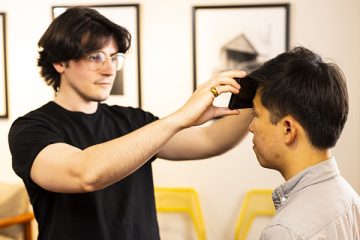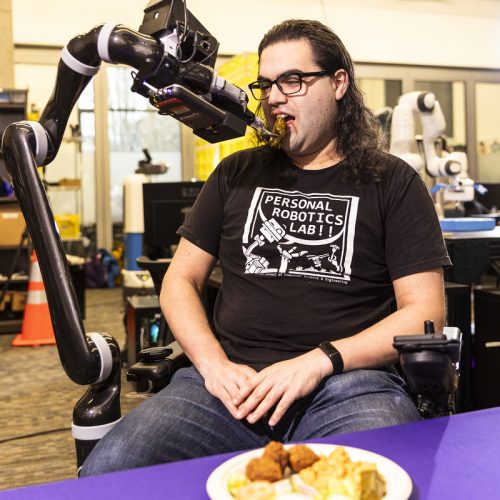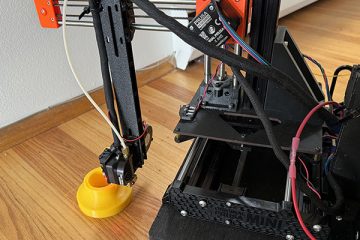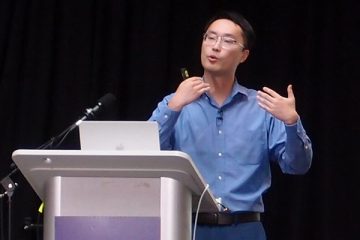Allen School News

Researchers in the UbiComp Lab and UW Medicine earned an IMWUT Distinguished Paper Award for their work on an app that turns a smartphone into a thermometer.
We have deep technical expertise that touches every aspect of computing, and we have a long and proud tradition of interdisciplinary collaboration on cross-cutting research with real-world impact. Our researchers continue to build on this tradition while opening up new avenues of exploration, harnessing the transformative power of computing to develop solutions that benefit people, society and the planet while expanding the frontiers of our field.




Allen School professor Shwetak Patel joins the National Science Foundation’s Discovery Files podcast to talk about his work on innovative sensing systems for health care, sustainability, and more.
The Allen School partners with units across the UW on interdisciplinary research and education initiatives to advance knowledge and benefit society.
Click on the map below to explore our campus collaborations.